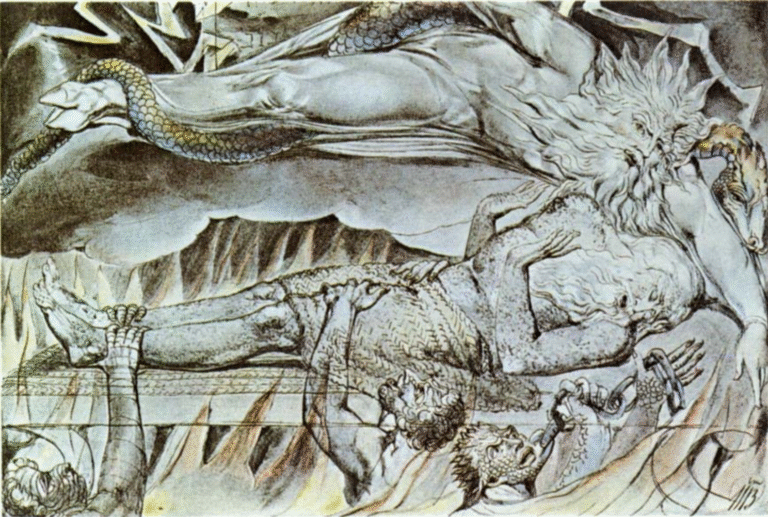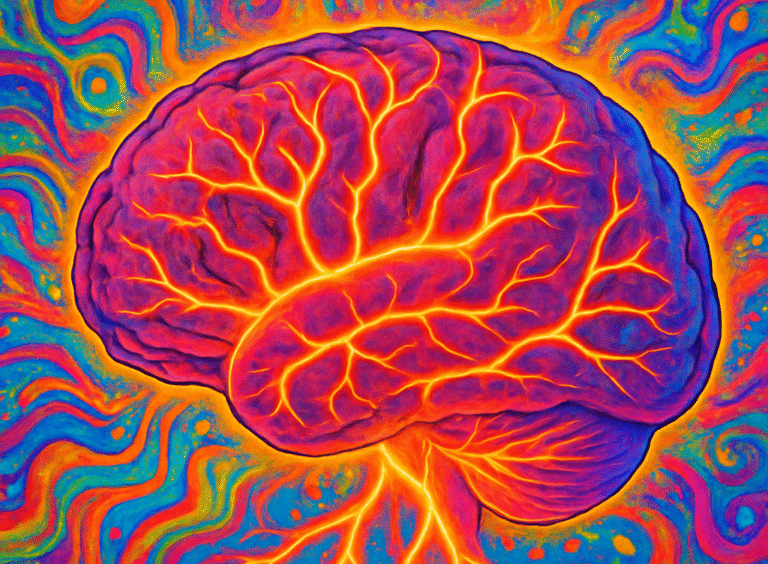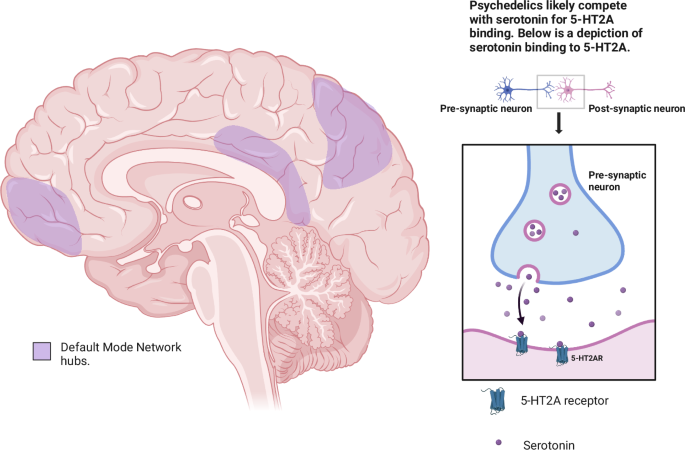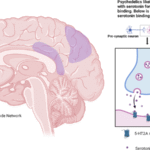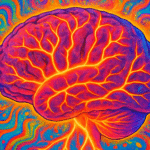Post-traumatic stress disorder (PTSD) remains a pervasive and debilitating condition whose prevalence among veterans, first responders, and survivors of violence continues to rise. Although selective serotonin reuptake inhibitors (SSRIs) and cognitive-behavioral therapies offer relief for many, up to half of patients fail to achieve full remission. The recent emergence of MDMA-assisted psychotherapy (MDMA-AT) has garnered “breakthrough therapy” status from the U.S. Food and Drug Administration (FDA), offering hope for treatment-resistant PTSD. Unlike traditional opioid-based self-medication strategies—aimed primarily at dampening hyperarousal and numbing emotional pain—MDMA operates via a finely tuned modulation of serotonin, oxytocin, and dopamine circuits that facilitates emotional processing, trust, and fear extinction during therapy sessions. Central to its efficacy is MDMA’s profound elevation of synaptic serotonin, which both attenuates amygdala hyperactivity and enhances prefrontal regulation, thereby optimizing the window for therapeutic engagement.
How MDMA Is Changing the Game in PTSD Treatment
Post-traumatic stress disorder (PTSD) can feel like an unending nightmare for many—haunting memories, sleepless nights, and a constant sense of danger that just won’t let go. Traditional treatments like antidepressants and talk therapy help some people, but for nearly half of those suffering, relief remains out of reach. Now, a surprising contender has emerged: MDMA-assisted therapy, sometimes called “ecstasy therapy.” With the U.S. Food and Drug Administration (FDA) labeling it a “breakthrough therapy,” MDMA is showing real promise for people who haven’t found healing elsewhere.
Unlike opioids—which many turn to simply to numb the pain—MDMA works in a very different way. It boosts the brain’s feel-good chemistry and creates a sense of safety, helping people open up to their therapists and tackle painful memories. A key part of its magic is how it supercharges serotonin, a brain chemical that helps regulate mood, fear, and social bonding. By dialing up serotonin, MDMA helps soothe the brain’s alarm system and gives people the calm confidence they need to revisit and heal from their trauma.
In this blog, we’ll explore:
- Why MDMA-assisted therapy is making headlines
- How it stacks up against opioid-based approaches
- The role serotonin plays in making therapy sessions more effective
- What the future might look like for this exciting treatment
Why MDMA-Assisted Therapy Feels Different—and Powerful
Over the past decade, carefully supervised clinical trials have tested MDMA-assisted therapy on hundreds of people with PTSD who hadn’t responded to other treatments. Here’s what researchers found:
- Big drops in PTSD symptoms. Participants who took MDMA alongside talk therapy saw their PTSD scores fall by nearly twice as much as those who got therapy and a placebo pill. Many people no longer met the criteria for PTSD months after just two or three sessions.
- Long-lasting results. Not only did people improve right after treatment, they stayed better a year later.
- Few side effects. While MDMA can raise your heart rate and blood pressure a bit, these changes were always short-lived in trials—no serious health scares.
All this adds up to one thing: MDMA isn’t just masking symptoms. It seems to help people rewrite their relationship with trauma so old wounds can finally start to heal.
Why Opioids Fall Short—and Can Even Make Things Worse
It’s sadly common for people with PTSD to be prescribed opioids, or to self-medicate with painkillers, looking for an escape from flashbacks and anxiety. Opioids do dull pain and stress—but only temporarily. Here’s the catch:
- The relief is short-lived. When the drug wears off, emotions can crash even harder than before.
- Risk of dependence. Opioids are famously addictive, leading many on a painful cycle of tolerance and withdrawal.
- No trauma work. Opioids help you forget the pain for a while, but they don’t help you talk through or process your trauma.
In some studies, people on long-term opioid therapy actually became more sensitive to stress over time. MDMA-assisted therapy, by contrast, helps people face their trauma in a safe, therapeutically guided setting—so the healing sticks.
Serotonin: Your Brain’s “Feel-Good” Messenger and the Heart of MDMA’s Magic
Serotonin plays a starring role in MDMA-assisted therapy. Here’s how:
- Flood of positivity. MDMA causes the brain to release a huge surge of serotonin.
- Calming the alarm system. This serotonin boost quiets down the amygdala—the brain’s fear center—so you can talk about painful memories without feeling overwhelmed.
- Building trust. Elevated serotonin also leads to higher oxytocin (the “bonding hormone”), helping you feel connected to your therapist.
- Opening new pathways. With those circuits dialed down, the prefrontal cortex (the thinking brain) can finally step in, helping you reframe old memories in healthier ways.
Therapists carefully time their sessions to match these brain changes. The peak effects of MDMA—usually a couple of hours after taking it—are when people feel most open and fearless, making it the perfect moment to confront and reshape traumatic stories. Afterward, there’s a short period of low serotonin, so sessions are spaced weeks apart to let the brain reset.
What’s Next for MDMA Therapy?
MDMA is still a controlled substance, but the FDA’s breakthrough designation means it could become an approved treatment in the next few years. Here’s what needs to happen:
- Training therapists. MDMA therapy requires special training to guide clients safely through emotional deep dives. Organizations like MAPS (the Multidisciplinary Association for Psychedelic Studies) are already setting up training programs.
- Legal changes. MDMA must be reclassified from “illegal” to “medicinal”—a process that may parallel how ketamine was approved for depression.
- Expanding research. Scientists are exploring ways to combine MDMA with virtual reality, brain stimulation, and mindfulness to further boost healing.
A Hopeful Horizon for PTSD Treatment
For too long, people with PTSD have cycled through medications that only moved symptoms around, never truly resolving the pain. MDMA-assisted therapy changes that storyline by giving people a safe chemical and emotional environment to revisit—and ultimately heal—their trauma. Early results are heartening: most participants walk away feeling more peaceful, more in control, and finally free of the prison of fear.
As MDMA moves closer to becoming an approved treatment, therapists and clients alike are hopeful. Instead of just dulling the pain, we may soon have a way to transform PTSD at its root—releasing people from fear and helping them step into a brighter, more empowered future


